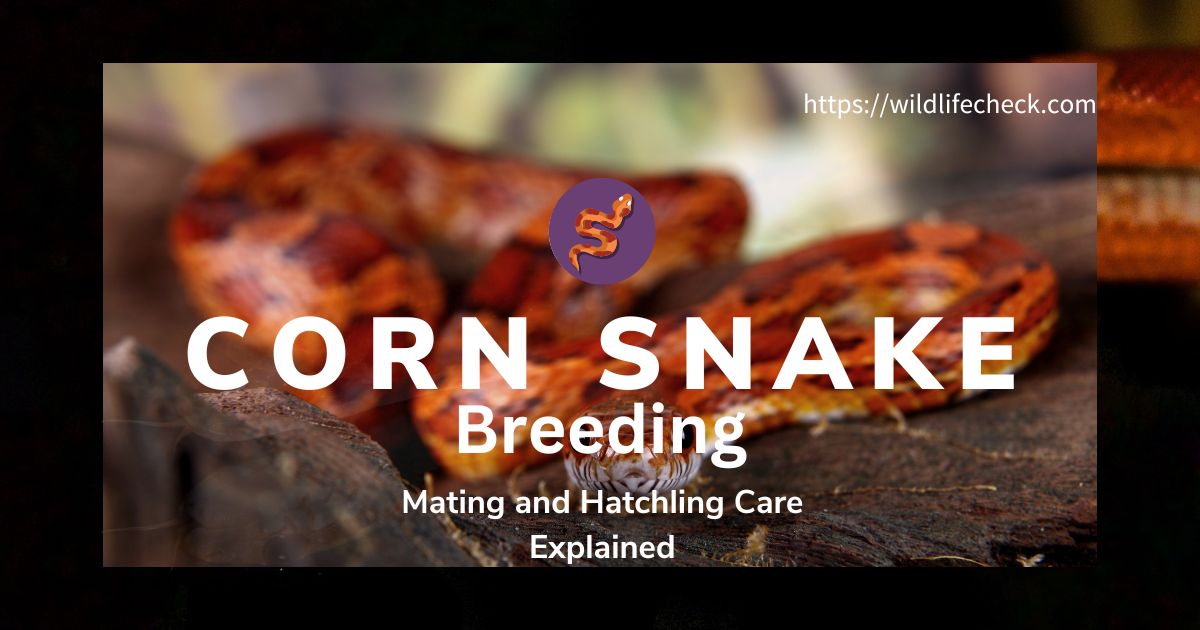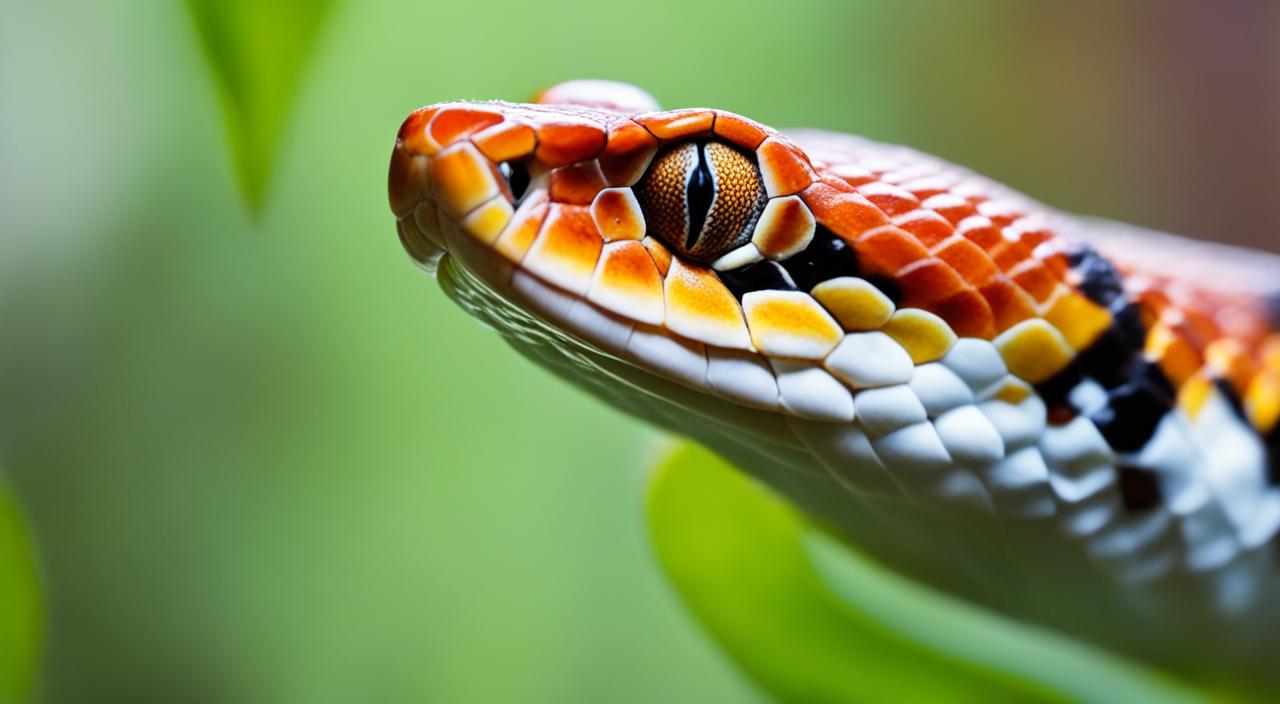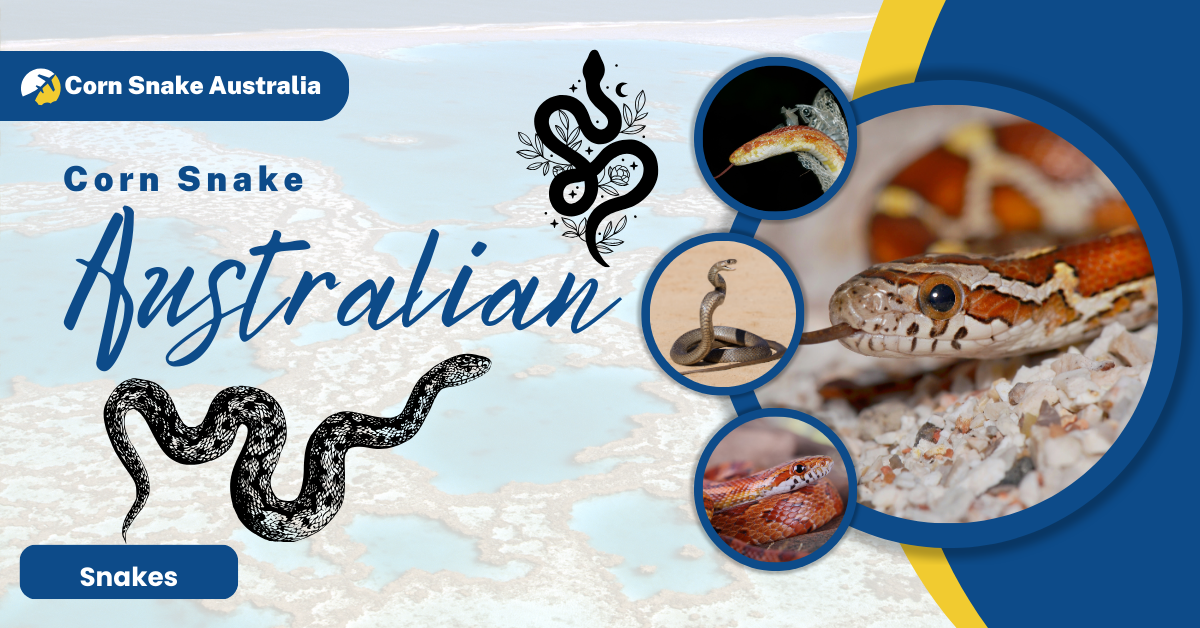
The Blue Corn Snake: A Stunning Serpent of the Americas
Introduction
Even in this contemporary technology, there are numerous forms of snakes that appeal to the visitors. One of these snakes is the blue corn snake, which with its blue colour and some extraordinary patterns, this snake attracts the hearts of animal lovers around the arena. This blue corn snake is scientifically known as Pantherophis guttatus. Known because the snake, this snake is a captivating reptile local to the southeastern United States. In this article we will take you through the captivating world of the blue corn snake, exploring its habitat, appearance, behavior, care necessities and more.
Appearance of the Blue Corn Snake
The Blue Corn Snake boasts a unique appearance that sets it aside from different snake species. Its call aptly describes its stunning colour, characterised via shades of blue ranging from mild azure to deep indigo. This spell binding hue is accentuated by contrasting styles of black, creating a visually putting combination.
Physical Characteristics
Measuring among 3 to six toes in length on average, the Blue Corn Snake is a medium-sized reptile. Its slender body is embellished with smooth scales, giving it a swish and streamlined appearance. One distinguishing feature of this snake is its colourful stomach scales, which regularly display colorations of crimson or orange.
Habitat and Distribution
Blue Corn Snakes are generally found in the southeastern United States, inhabiting a number of environments together with forests, grasslands, and marshes. They are particularly keen on wooded areas with enough hiding spots, inclusive of fallen logs and rock crevices. These adaptable serpents also are regarded to thrive in human-modified landscapes like farmland and suburban regions.
Behavior and Diet
In the wild, Blue Corn Snakes are solitary creatures, spending a lot of their time trying to find prey and searching for safe haven. They are proficient climbers and can be observed scaling bushes or shrubs searching for birds and small mammals. Despite their carnivorous food regimen, these snakes play a critical function in controlling rodent populations, making them beneficial to their ecosystems.
Care Requirements for Captive Blue Corn Snakes
For those interested by maintaining Blue Corn Snakes as pets, it is essential to apprehend their specific care necessities. Providing a appropriate habitat is important, with a spacious enclosure equipped with hiding spots, branches, and a warmth source to keep best temperatures. A substrate of aspen shavings or paper towels can mimic their natural environment and facilitate easy cleaning.
Feeding and Handling
When it involves feeding, Blue Corn Snakes effectively accept a diet of as it should be sized rodents, along with mice or rats. It’s crucial to offer prey items which are proportional to the snake’s size to save you overfeeding or regurgitation. Regular dealing with from a younger age can help acclimate the snake to human interplay, fostering a docile temperament in captivity.
Breeding and Reproduction
Breeding Blue Corn Snakes in captivity has emerge as increasingly popular among reptile fanatics. Successful breeding calls for careful attention to environmental situations, along with temperature and humidity ranges. Female snakes normally lay eggs in clutches of 10-20, which ought to be incubated at precise temperatures to make certain healthy hatchlings.
Common Health Issues
Like all reptiles, Blue Corn Snakes are at risk of certain health troubles if their care desires are not correctly met. Respiratory infections, mites, and incorrect shedding are most of the most common illnesses located in captive snakes. Regular veterinary take a look at-united statesand diligent husbandry practices can help save you these issues and sell the snake’s normal properly-being.
FAQs About Blue Corn Snakes
1. Are Blue Corn Snakes venomous?
No, Blue Corn Snakes are non-venomous constrictors, relying on constriction to subdue their prey.
2. How long do Blue Corn Snakes live?
With right care, Blue Corn Snakes can live for 15 to 20 years in captivity.
3. Can Blue Corn Snakes change color?
While their shade may additionally seem to change because of dropping, Blue Corn Snakes do not go through sizable colour changes like chameleons.
Conclusion
The Blue Corn Snake’s lovely appearance and adaptable nature make it a fascinating species for both enthusiasts and newbie reptile keepers alike. Whether found within the wild or cared for in captivity, these serpents preserve to fascinate with their splendor and charm. By knowledge their habitat, behavior, and care requirements, we can make certain the properly-being of those extremely good creatures for generations to come.





Can you be more specific about the content of your article? After reading it, I still have some doubts. Hope you can help me.
Sir, what doubts do you have? And how can I help you?
I don’t think the title of your article matches the content lol. Just kidding, mainly because I had some doubts after reading the article.
Yes Sir tell me what doubts you have
Your point of view caught my eye and was very interesting. Thanks. I have a question for you.
Thanks for sharing. I read many of your blog posts, cool, your blog is very good.
Your article helped me a lot, is there any more related content? Thanks!
Your point of view caught my eye and was very interesting. Thanks. I have a question for you.
Thank you for your sharing. I am worried that I lack creative ideas. It is your article that makes me full of hope. Thank you. But, I have a question, can you help me?
Im no longer positive where you are getting your information, however good topic. I needs to spend a while finding out more or working out more. Thank you for great info I was in search of this info for my mission.